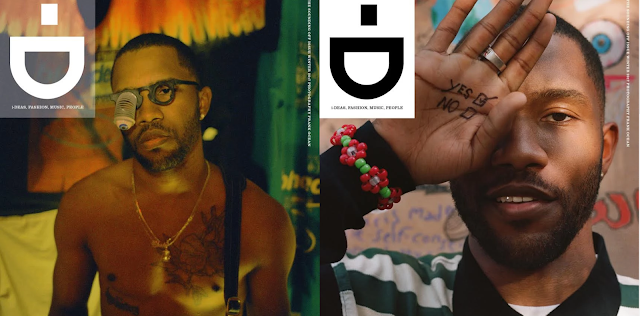MAGAZINE REVIEW

I-D ---- M A G A Z I NE R E V I E W. UNDERSTANDING THE TARGET AUDIENCE AND THE VISUALISATION OF THE POSTER . i-D has built its reputation on being a consistent source of inspiration in fashion culture. It began as a fanzine dedicated to the street style of punk-era London in 1980, and quickly earned its position at the vanguard of fashion and style, abiding by the premise of originate – don't imitate. i-D has come a long way since its pre-digital, cut-and-paste days and has developed into a glossy magazine that documents fashion and contemporary culture, and has broken ground defining it too. Constantly reinventing itself, as with our website, i-D continues to encourage creativity, which is why after more than 30 years, its editorial content still manages to surprise and inspired.